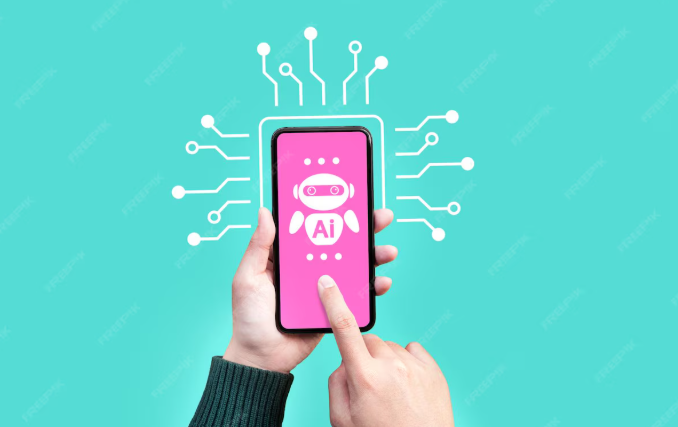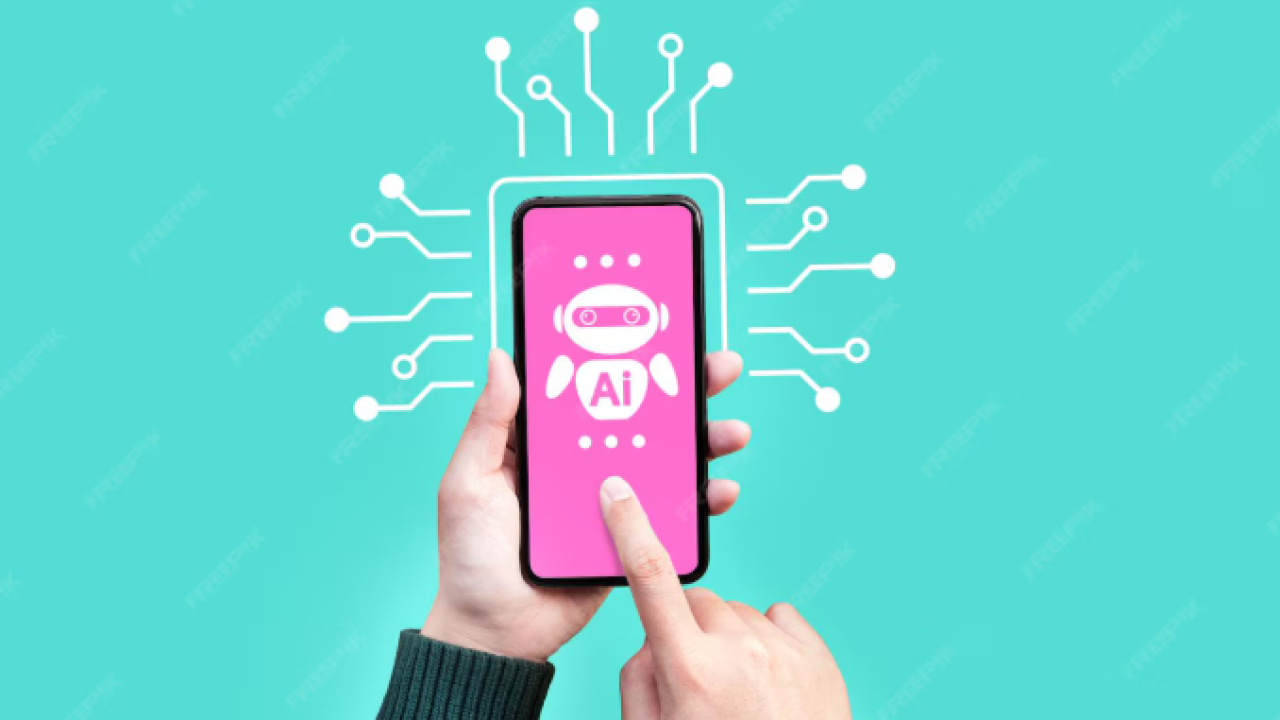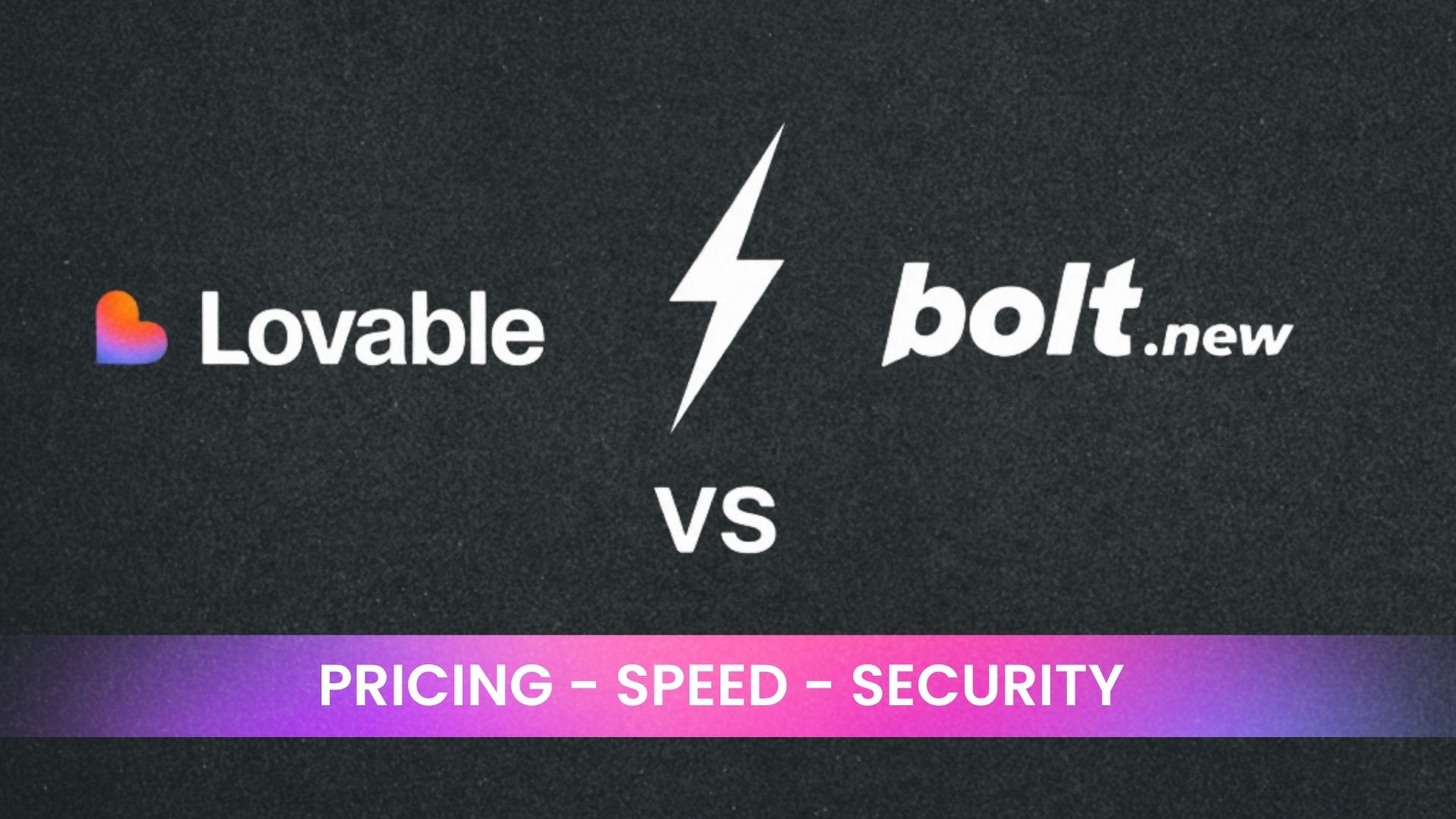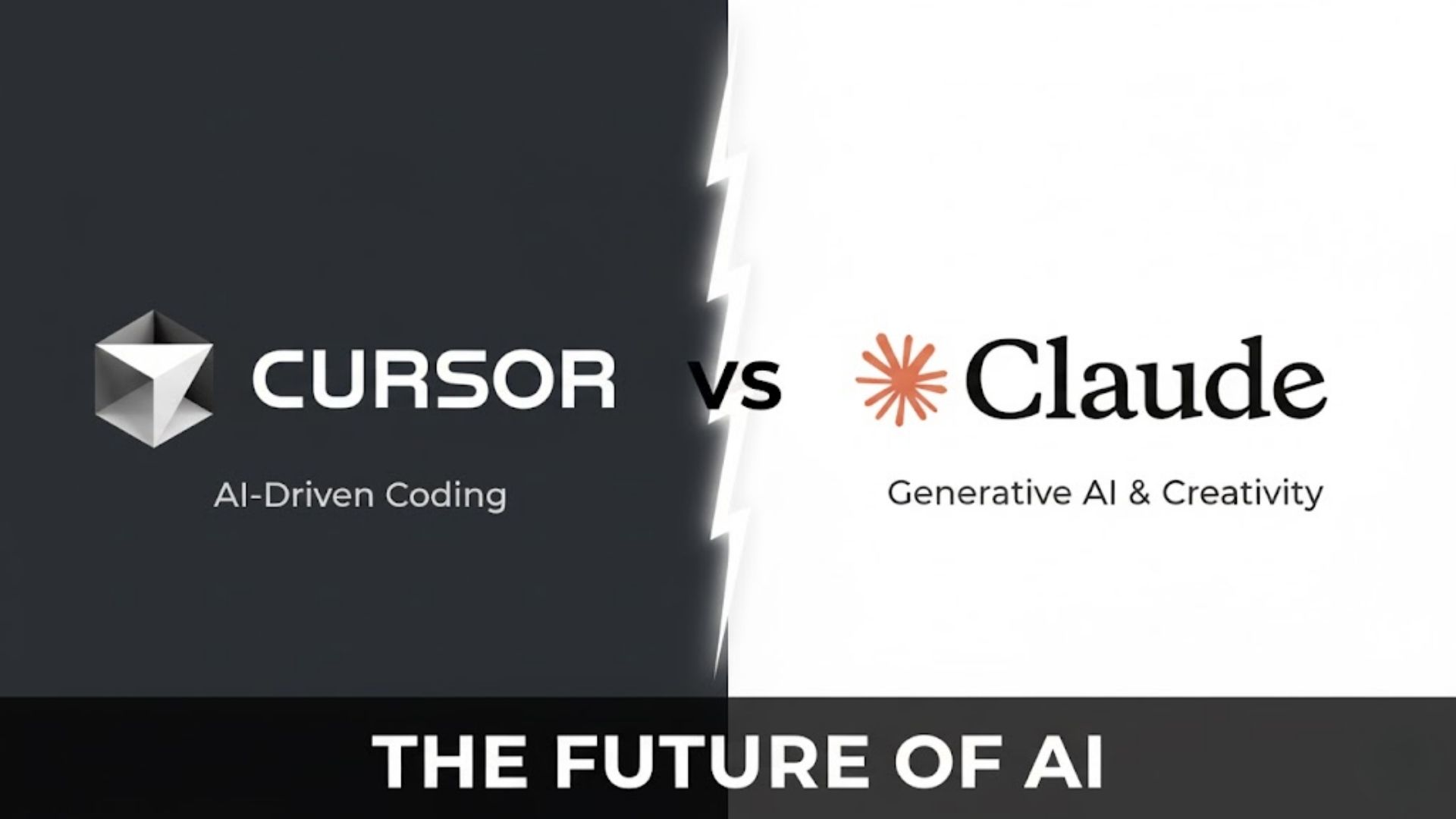
Understanding Generative AI App Builders
Defining Generative AI and its Applications
Generative AI represents a significant leap in artificial intelligence. It’s the ability of AI systems to create new content, rather than just analyze existing data. This includes text, images, audio, and even code. Think of tools like DALL-E 2 generating images from text prompts, or GPT-3 crafting realistic human-like text. These applications are transforming numerous industries. For example, marketers use generative AI for personalized ad copy, while designers leverage it for rapid prototyping.
The power of generative AI lies in its potential to automate creative tasks and accelerate innovation. Building generative AI apps opens doors to new possibilities. From automating content creation for businesses to developing innovative artistic tools, the applications are vast and rapidly expanding. “The ease of use offered by many generative AI app builders is democratizing access to this powerful technology, allowing even non-programmers to create sophisticated applications.” This makes understanding these tools crucial for anyone interested in leveraging the power of AI for their own projects or business.
Launch Your App Today
Ready to launch? Skip the tech stress. Describe, Build, Launch in three simple steps.
BuildExploring the No-Code/Low-Code Revolution
The rise of no-code/low-code platforms marks a significant shift in AI application development. These platforms empower individuals with limited coding experience to build sophisticated generative AI applications. Tools like Bubble.io, Softr, and Webflow, when combined with generative AI APIs from companies like OpenAI or Google, drastically reduce the technical barrier to entry. This democratization of AI development is accelerating innovation across various sectors.
“No-code/low-code platforms abstract away much of the complex coding, allowing users to focus on the application’s logic and design.” This translates to faster development cycles and lower costs. Furthermore, it opens doors for entrepreneurs and small businesses that may lack the resources to hire dedicated development teams. The result is a more inclusive and dynamic AI landscape, fostering rapid experimentation and the creation of innovative generative AI apps.
Key Benefits of Using Generative AI App Builders
Generative AI app builders offer significant advantages for developers of all skill levels. They drastically reduce development time and costs by providing pre-built components and intuitive interfaces. This allows even those without extensive coding experience to create functional AI applications. Platforms like Google AI Platform and Amazon SageMaker offer such services, streamlining the process from model training to deployment. This accessibility fosters innovation, allowing more individuals and smaller teams to participate in the rapidly expanding field of generative AI development.
Furthermore, these builders often incorporate essential features like model versioning, monitoring, and scalability, which are critical for robust and reliable applications. This built-in infrastructure simplifies complex tasks, freeing developers to focus on application design and functionality, rather than backend infrastructure management. “By abstracting away the complexities of managing infrastructure and model deployment, these platforms empower developers to build high-quality Generative AI applications more efficiently and effectively.” This ultimately contributes to faster time to market and allows businesses to quickly leverage the power of generative AI models to solve real-world problems.
Top Generative AI App Builder Platforms
Detailed Reviews of Leading Platforms (with pros and cons)
Several platforms excel at simplifying generative AI app development. Google AI Platform, for example, offers robust infrastructure and pre-trained models, ideal for experienced developers. Pros include scalability and integration with other Google Cloud services. However, the learning curve can be steep, and costs can escalate rapidly for large-scale projects. This makes it less suitable for beginners or those with limited budgets.
Alternatively, Replicate provides a user-friendly interface, streamlining the deployment of various generative AI models, including those from Hugging Face. Its ease of use is a major advantage. Cons include less customization than cloud-based options like Google AI Platform. “Ultimately, the best platform depends heavily on your technical expertise and project requirements.” Consider factors like budget, scalability needs, and desired level of customization when making your choice. Exploring the free tiers offered by many providers is a wise first step.
Comparison Table: Features, Pricing, and Ease of Use
Choosing the right generative AI app builder platform requires careful consideration. A direct comparison is key. We’ve compiled a table (see below) detailing crucial features, pricing models (subscription, pay-as-you-go, etc.), and ease of use for several leading platforms, including those utilizing popular models like GPT-3, DALL-E 2, and Stable Diffusion. Consider factors like your technical skills and budget when reviewing the options. “Remember, the ‘best’ platform depends entirely on your specific project needs and technical expertise.”
Our comparison table highlights key differences. For instance, some platforms offer drag-and-drop interfaces ideal for beginners, while others demand more coding proficiency. Pricing varies significantly, ranging from free tiers with limitations to substantial monthly fees for enterprise-level access and advanced features like custom model training. “Always check for free trials or demos to test the platform’s capabilities before committing to a paid subscription.” Remember to factor in potential costs beyond the base platform fee, such as API usage charges or additional storage requirements.
Choosing the Right Platform for Your Needs
Selecting the ideal platform hinges on your specific project requirements and technical expertise. Consider factors like the complexity of your desired application, your budget, and the level of coding experience your team possesses. For instance, no-code/low-code platforms like Google AI Platform or AWS SageMaker offer user-friendly interfaces, ideal for beginners or rapid prototyping. However, for highly customized, complex applications demanding intricate control over the AI model, you might prefer platforms supporting Python or other programming languages, potentially sacrificing ease of use for greater flexibility and performance.
“The best platform isn’t inherently ‘better,’ but rather the best *fit* for your unique needs.” Carefully evaluate each platform’s strengths and limitations before committing. Factors like pre-trained model availability, scalability options, and integration capabilities with other services are crucial considerations. Researching user reviews and comparing pricing structures across different generative AI app builder platforms will further refine your decision-making process, ensuring you choose a solution that effectively supports your application’s development and long-term success. Remember to prioritize ease of use and scalability to maximize your return on investment.
Building Your First Generative AI App: A Step-by-Step Guide
Setting up Your Account and Choosing a Template
First, you’ll need to select a platform. Popular choices include Google AI Platform, Amazon SageMaker, or even open-source options like TensorFlow. Each offers varying levels of ease of use and scalability, impacting your app’s eventual complexity. Carefully consider your technical skills and project scope when making this crucial decision. “Choosing the right platform significantly influences the speed and efficiency of your development process.” Remember to check for free tiers or trials to test the platform before committing to a paid subscription.
Next, explore available templates. Many platforms provide pre-built templates for common generative AI applications, such as image generation or text summarization. Utilizing a template drastically reduces development time, especially for beginners. These templates often include pre-configured models and APIs, simplifying integration. Platforms like Hugging Face offer many readily accessible, open-source models to get started. “Starting with a template allows you to focus on learning the core concepts of generative AI and building your application’s unique features.” Don’t be afraid to experiment and iterate – finding the right fit is key.
Integrating Your Data and Customizing Your App
Data is the lifeblood of any generative AI application. Before you start coding, carefully consider your data sources. Data cleaning and preprocessing are crucial steps; noisy or incomplete data will severely impact your model’s performance. Tools like Python’s Pandas library can assist in this process. Remember to consider potential biases present in your data and take steps to mitigate them. For example, if you’re building an image generator, ensure your dataset represents a diverse range of styles and subjects to avoid reinforcing existing biases. Using a representative dataset is key to creating a fair and unbiased AI application.
Once your data is prepared, you can begin customizing your app’s functionality. This involves choosing the right generative AI model for your task – consider factors like model size, computational resources, and the specific type of content you’re generating (text, images, audio, etc.). Open-source models like Stable Diffusion and various large language models offer flexible starting points. “Remember to tailor the model’s parameters and hyperparameters to fine-tune its output and match your specific requirements.” Finally, design a user-friendly interface that allows users to easily interact with your generative AI app. Think about user experience and accessibility. Regular testing and iteration are essential for refining your app and improving its overall performance.
Testing and Deploying Your Application
Thorough testing is crucial before deploying your generative AI application. Start with unit tests to verify individual components function correctly. Then, proceed to integration tests to ensure seamless interaction between different parts of your application. Finally, conduct user acceptance testing (UAT) with a representative group to gather feedback on usability and identify any unexpected issues. Remember to document all testing phases and their results. This meticulous approach helps ensure a smooth launch and minimizes post-release problems.
Deployment depends heavily on your chosen platform and infrastructure. Cloud platforms like AWS, Google Cloud, or Azure provide scalable and reliable hosting options for AI applications. Consider using containerization technologies like Docker for easier deployment and management across different environments. Monitor your application’s performance closely after launch to identify and address any bottlenecks or performance issues. “Regular updates and maintenance are essential for ensuring the continued effectiveness and security of your generative AI app, especially given the rapidly evolving nature of the field.” Tools for monitoring performance and detecting anomalies should be integral to your deployment strategy.
Advanced Generative AI App Development Techniques
Custom Model Training and Integration
Fine-tuning pre-trained models offers a powerful shortcut. Instead of building from scratch, leverage existing models like those from Hugging Face’s model hub. This significantly reduces development time and resources. For instance, adapting a pre-trained language model for a specific task, such as medical diagnosis summarization, can yield excellent results with considerably less data than training a model entirely from raw data. Remember to carefully evaluate the base model’s suitability for your needs and potential biases. “Thorough testing and validation are crucial before deployment.”
Custom training becomes necessary when pre-trained models fall short. This involves building a dataset specific to your application’s requirements. Consider factors like data quality, quantity, and diversity. Tools like TensorFlow and PyTorch provide the infrastructure for training. Successful custom model training hinges on careful data preparation, including cleaning, augmentation, and labeling. “Remember to meticulously document your training process, including hyperparameters and evaluation metrics, to facilitate future model improvements and reproducibility.” Integrating the trained model into your application may involve using APIs or deploying it directly to a cloud platform like Google Cloud AI Platform or AWS SageMaker.
API Connections and Third-Party Integrations
Seamless integration with external services is crucial for building powerful generative AI applications. Leveraging APIs from providers like OpenAI, Google Cloud AI Platform, or Amazon SageMaker allows you to tap into pre-trained models and advanced functionalities, avoiding the need to build everything from scratch. This significantly accelerates development and reduces costs. For example, integrating a natural language processing (NLP) API can enhance your app’s ability to understand and respond to user input in a more human-like manner. Consider the impact of adding image recognition capabilities via a computer vision API; this can open doors to entirely new applications and functionalities.
Effective integration requires careful planning and consideration of data security and API rate limits. “Choosing the right APIs is vital, focusing on those that align with your application’s specific needs and capabilities.” Remember to thoroughly test all integrations throughout your development lifecycle. Properly managing API keys and authentication is paramount to protect sensitive data. Exploring third-party libraries and SDKs can streamline the integration process and provide additional tools to manage API interactions effectively. Failure to adequately plan and secure API connections can lead to vulnerabilities and performance issues.
Monetizing Your Generative AI Application
Successfully monetizing your generative AI application requires a strategic approach. Consider a subscription model, offering tiered access to features or increased processing power, similar to how Adobe Creative Cloud operates. Alternatively, a freemium model can attract users with a basic free version, then upsell premium features like higher resolution image generation or advanced editing tools. Think about the value proposition you offer: are users paying for convenience, speed, unique creative outputs, or a combination? Clearly defining this will guide your pricing strategy.
Another avenue is API access. If your generative AI excels at a specific task, consider offering API access to other developers or businesses. This allows them to integrate your AI into their own applications, generating revenue through usage fees or a revenue-sharing agreement. For example, companies like OpenAI offer robust APIs for their models, generating significant income. Remember, effective marketing and a clear understanding of your target audience are vital components of any monetization strategy. “A well-defined monetization plan from the outset significantly improves your chances of long-term success.”
The Future of Generative AI App Building
Emerging Trends and Technologies
The landscape of generative AI is rapidly evolving. We’re seeing significant advancements in model efficiency, leading to smaller, faster, and more energy-efficient AI applications. This is crucial for wider accessibility and deployment on resource-constrained devices. For instance, advancements in quantization techniques allow for running complex models on mobile phones, making personalized AI experiences a reality for a broader audience. This trend is fueled by innovations in hardware acceleration like specialized AI chips and optimized cloud infrastructure.
Furthermore, the integration of multimodal AI is a game-changer. Models that seamlessly process and generate different data types—text, images, audio, and video—are becoming increasingly prevalent. This opens up exciting possibilities for creating rich, immersive applications. Think of AI-powered tools that can automatically generate videos from text descriptions or create realistic 3D models from images. “The convergence of these emerging trends promises a future where generative AI apps are more accessible, powerful, and integrated into our daily lives than ever before.” Companies like Google and OpenAI are already leading the charge, showcasing the rapid evolution and exciting potential of this technology.
Potential Impact on Various Industries
Generative AI’s transformative potential spans numerous sectors. Healthcare stands to benefit significantly, with AI assisting in drug discovery and personalized medicine. For example, Atomwise uses AI to accelerate the identification of potential drug candidates, significantly reducing development time and costs. Similarly, in finance, AI-powered fraud detection systems are becoming increasingly sophisticated, protecting businesses and consumers from financial losses. These applications demonstrate the real-world impact of generative AI, already reshaping established industries.
Beyond these examples, the creative industries are also undergoing a revolution. Marketing and advertising are seeing AI-driven content creation, leading to more personalized campaigns and improved engagement. The design sector is exploring AI tools for generating unique visuals and architectural designs. “The accessibility and versatility of these tools are democratizing creative processes, empowering individuals and businesses alike.” This ongoing evolution will undoubtedly lead to further innovation and unforeseen applications across numerous fields, highlighting the vast potential of generative AI in shaping the future of various industries.
Ethical Considerations and Responsible AI Development
Building responsible AI applications requires careful consideration of ethical implications. Bias in training data can lead to discriminatory outcomes. For example, facial recognition systems trained primarily on images of white faces often perform poorly on people of color. This highlights the critical need for diverse and representative datasets. Furthermore, transparency is paramount. Users should understand how a generative AI app functions and what data it uses. Openness fosters trust and accountability.
Addressing potential misuse is also vital. Generative AI can be used to create deepfakes or generate misinformation, impacting individuals and society. Developers must implement safeguards to mitigate these risks. This might involve content moderation techniques or collaborative efforts with fact-checking organizations. “Ultimately, responsible AI development requires a proactive approach, prioritizing fairness, transparency, and accountability throughout the entire lifecycle of a generative AI application.” This commitment to ethical practices ensures the technology benefits all of humanity.
Generative AI App Builders: Commercial Opportunities
Building AI-Powered Solutions for Businesses
Businesses are increasingly seeking AI-powered solutions to streamline operations and gain a competitive edge. Generative AI offers unprecedented opportunities here, from automating customer service through sophisticated chatbots to creating personalized marketing campaigns based on individual customer data. Companies like Jasper and Copy.ai already demonstrate the market demand for AI-driven content creation tools, highlighting the significant commercial potential. These tools boost productivity and reduce reliance on manual processes, leading to cost savings and increased efficiency.
The ability to build customized AI applications tailored to specific business needs is a lucrative market. Consider the possibilities of using generative AI for predictive analytics in finance, drug discovery in pharmaceuticals, or personalized education in the education sector. “Developing and selling these specialized applications requires a strong understanding of both the target industry and the capabilities of generative AI models,” making it a high-reward area for skilled developers. Successful ventures will leverage the unique strengths of generative AI to solve real-world problems and offer compelling value propositions to businesses.
Creating and Selling AI Applications
Building and selling generative AI applications presents a lucrative opportunity. The market is rapidly expanding, with diverse applications emerging daily. Consider the success of Jasper, an AI writing tool, or Midjourney, a popular AI art generator. These demonstrate the high demand and potential profitability. Successful app creation requires a clear understanding of your target audience and their needs. Thorough market research is crucial before development begins.
Focus on solving specific problems. Choose a niche where generative AI can provide a clear advantage. “Developing a minimum viable product (MVP) first allows for rapid iteration and feedback, minimizing risk and maximizing efficiency.” Effective marketing and a well-defined monetization strategy are also vital. Options include subscriptions, one-time purchases, or a freemium model. Remember that continuous improvement and adaptation are key to long-term success in this dynamic field.
Finding Clients and Marketing Your Services
Securing your first clients requires a multi-pronged approach. Start by networking within your existing professional circles. Reach out to contacts in marketing, sales, and customer service departments, highlighting how generative AI can streamline their processes and improve efficiency. Consider offering free consultations or developing a small-scale proof-of-concept project to demonstrate your capabilities and build a portfolio. Online platforms like Upwork and Fiverr can also provide initial exposure, but focus on building a strong online presence showcasing your expertise in generative AI app development.
Effective marketing is crucial for long-term success. “A compelling website and active social media presence are essential for attracting potential clients.” Regularly share insightful content, such as blog posts or case studies detailing successful projects. Consider attending industry events and conferences to network and build relationships. Content marketing, featuring articles and videos explaining the benefits of custom generative AI solutions, can attract organic traffic and establish you as a thought leader. Remember to track your marketing efforts and refine your strategy based on results. Prioritize SEO optimization for relevant keywords such as “generative AI app development services” to improve your search engine ranking.
Launch Your App Today
Ready to launch? Skip the tech stress. Describe, Build, Launch in three simple steps.
Build




